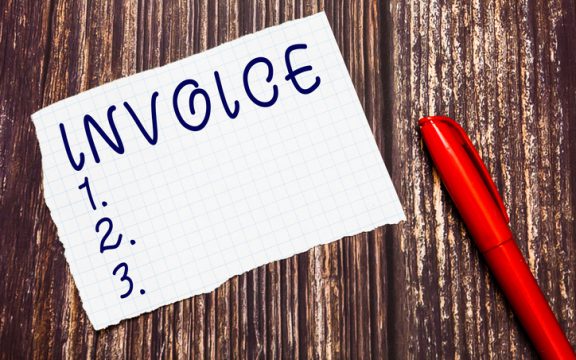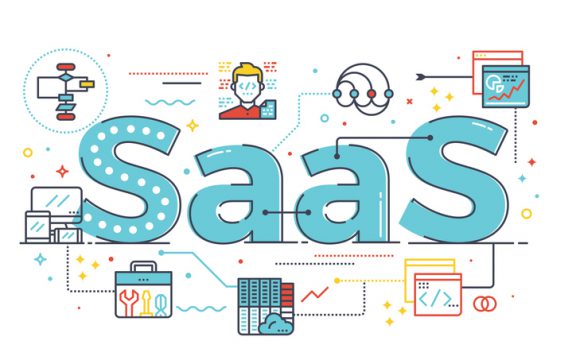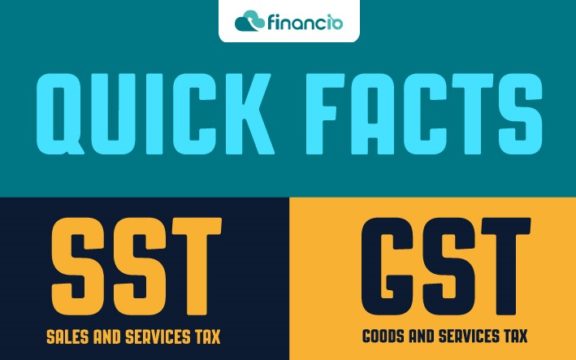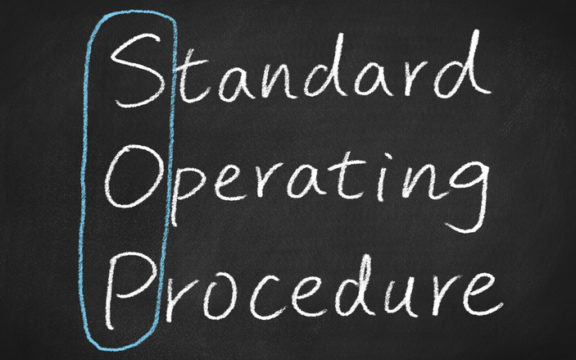Every business, no matter the size, needs a good bookkeeping system. Bookkeeping is how companies record their day-to-day transactions and prepare financial statements and tax reports Bookkeeping, when done correctly, can empower companies to make better decisions by providing accurate and insightful analysis of the business performance. Businesses can either hire a bookkeeper to record their financial transactions or outsource the task to a professional accounting firm.
There are a few different types of bookkeeping systems and methods, each suitable for a certain kind of business. Knowing the advantages and disadvantages of each will let you choose the best fit for your business. This post will explain single-entry, double-entry, manual, and computerised bookkeeping and its strength and weaknesses.
1. Single-Entry Bookkeeping System
In single-entry bookkeeping, each financial transaction is recorded only once in a journal or transaction log. This form of bookkeeping is suitable for small businesses that have very little or minimal transactions. The two main components are a cash disbursement journal and a cash sales journal, which record incoming or outgoing fund. When revenue is received, an entry is made to the cash sales journal, while an entry goes in the cash disbursement journal when an expense is made.
A single-entry bookkeeping system is cost-effective and easy to understand. It provides adequate evidence of transactions and saves time. One downside of this bookkeeping system is that it gives very little transaction information for in-depth analysis or detailed reference. Its accuracy is also less than impressive, as only one aspect of each transaction is recorded. Companies do not have the financial statements to reconcile with their bank account transactions with the single-entry systems. This makes it tough to track expenses and revenue over the long term; hence there is no actual profit or loss.
2. Double-Entry Bookkeeping System
Most businesses, even the smaller size businesses with a high amount of daily transactions, use double-entry bookkeeping for their accounting needs. The double-entry system records every entry to an account, requiring a corresponding and opposite entry to a different account. In other word, every transaction is recorded in two accounts: a debit to one account and a credit to another. This way, the accounting equation of “Assets = Liability + Equity” would be maintained in balance always.
Imagine that you sold a pair of shoes to your customer who pays you in cash. In this situation, your inventory is decreasing, and hence you need to credit your Inventory account to show a decrease in assets. You then debit your Cash account because your cash has increased from the sale you made. Here’s another example. Let’s say you bought a new laptop with cash money. You will need to credit your Cash account to show a decrease and debit your IT Asset account to show an increase.
Though it can be tedious, this bookkeeping system is less prone to error than the single-entry method, and it produces more accurate financial statements. The financial information recorded is detailed enough to track the business’s performance and help make informed financial decisions. If you are still confused by how the double-entry system works, don’t worry. There is user-friendly accounting software like Financio, designed with business owners, not accountants, in mind.
3. Manual Bookkeeping
Manual bookkeeping is the traditional method in which bookkeepers record every financial transaction one by one on paper or a book. Each transaction gets written in the worksheets or ledger books manually. Like single-entry, this method is mostly used by small businesses that do not have complex transactions.
The advantage of manual bookkeeping is that it’s extremely cheap as business owners usually do it themselves because it is easy to set up. However, manual bookkeeping is also the method that is the most error-prone. Humans are imperfect, and the pressure to get every transaction detail, date and amount accurately recorded into the financial log is not easy. Imagine how much trouble a missing detail or a swapped number will cause the business when discovered months later, and there is nowhere to trace it.
Another disadvantage of the manual bookkeeping method is that paper accounting logs can be easily misplaced or lost to a natural disaster such as a fire.
4. Computerised Bookkeeping
Computerised bookkeeping is an innovative method that many businesses are using to record their financial transactions. The invention of good bookkeeping software has made this process faster, easier, with incredible accuracy, and less tedious to record transactions.
Bookkeeping software doesn’t eliminate any of the procedures used in the manual bookkeeping system. Instead, it speeds up financial recordings, letting you focus on growing your business.
With computerised bookkeeping, transaction details are easily entered into the electronic financial log. This makes it a snap to generate financial reports, and it means records are safe from theft, fire, and other natural disasters.
Final Thoughts
Choosing the right bookkeeping system is essential to keep up with the financial demands of your business. Today, more and more companies are switching to bookkeeping software to streamline their bookkeeping processes and gain more precise performance insights. These powerful software tools offer tonnes of benefits such as cost- and time-effectiveness, enabling easier collaboration with reduced paperwork, and at the same time gives better control of your business financial processes. To learn more about how your organisation can benefit from bookkeeping software, feel free to get in touch with us.






































































































































